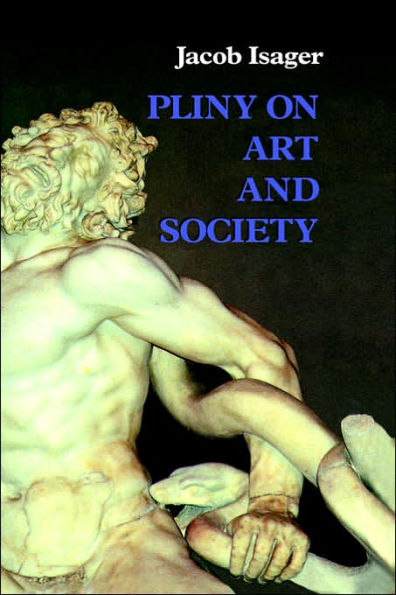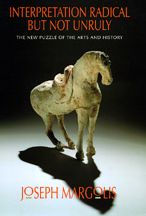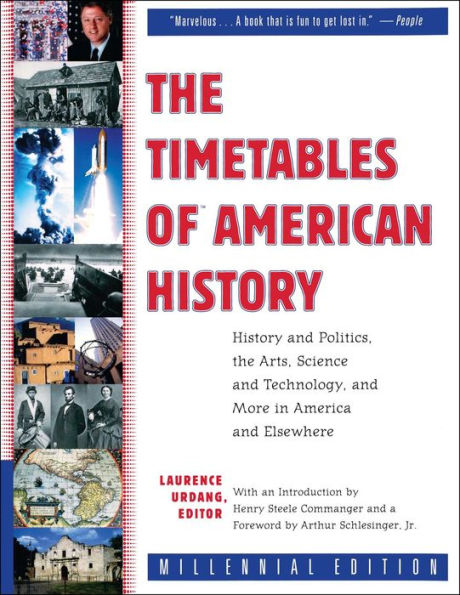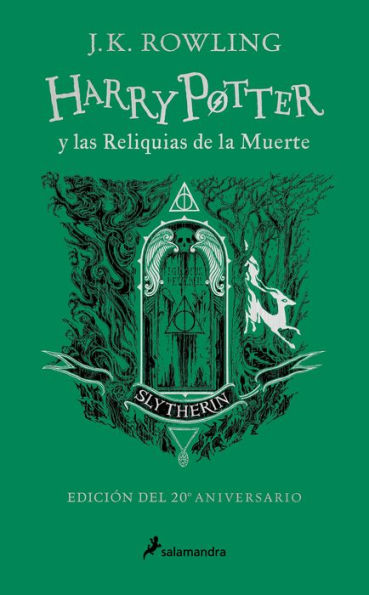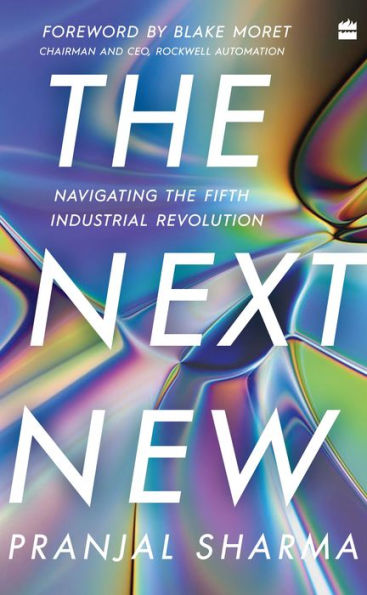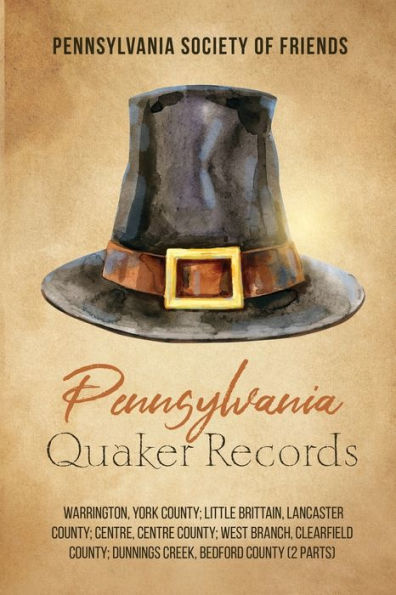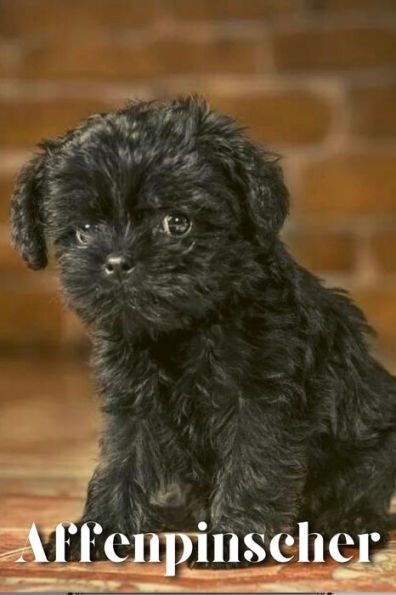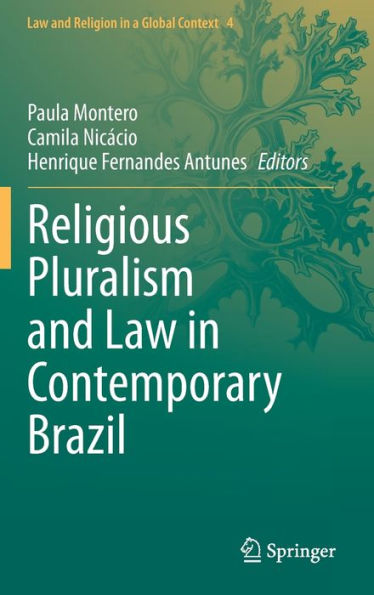Home
Art as History, History as Art: Jheronimus Bosch and Pieter Bruegel the Elder. Assembling knowledge not setting puzzles
Barnes and Noble
Loading Inventory...
Art as History, History as Art: Jheronimus Bosch and Pieter Bruegel the Elder. Assembling knowledge not setting puzzles
Current price: $188.00
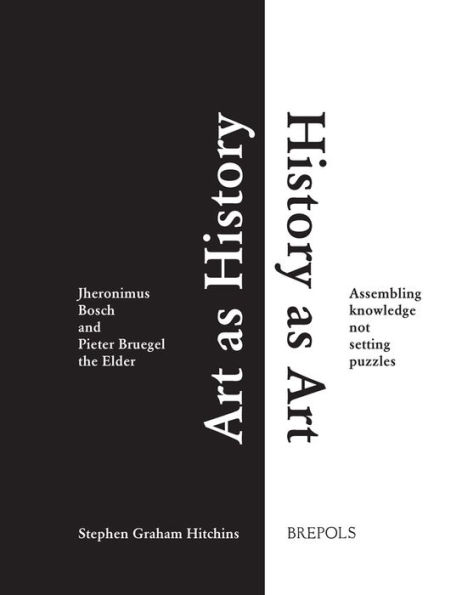
Barnes and Noble
Art as History, History as Art: Jheronimus Bosch and Pieter Bruegel the Elder. Assembling knowledge not setting puzzles
Current price: $188.00
Loading Inventory...
Size: OS
*Product information may vary - to confirm product availability, pricing, shipping and return information please contact Barnes and Noble
This book challenges many of the assumptions about Jheronimus Bosch and Pieter Bruegel the Elder. The academic contest to unravel these two has never abated. What exactly is the meaning of their work is one of art history's blood sports. The answer lies in the cultural relationship between the artwork and its audience. Both artists demonstrate social, economic and political resonances in paintings that are numbingly familiar yet still poorly understood. There is social, religious, and political motivation in their art, an art that is frequently described in art historical isolation. For Bosch the image was a morality play about the paucity of good in a world teeming with evil monsters. For Bruegel it was frequently a reference to political events. Far from producing puzzle pictures they were assembling knowledge as part of a visual culture that was central to the life of society. It relates to the knowledge of the world at a particular time and two artists' experiences of it. It stretches from the sexuality and spirituality of Bosch to secular satisfaction in Bruegel at a time of social upheaval and a great turning point of world history - the beginning of the modern world and the end of the Middle Ages.
This book challenges many of the assumptions about Jheronimus Bosch and Pieter Bruegel the Elder. The academic contest to unravel these two has never abated. What exactly is the meaning of their work is one of art history's blood sports. The answer lies in the cultural relationship between the artwork and its audience. Both artists demonstrate social, economic and political resonances in paintings that are numbingly familiar yet still poorly understood. There is social, religious, and political motivation in their art, an art that is frequently described in art historical isolation. For Bosch the image was a morality play about the paucity of good in a world teeming with evil monsters. For Bruegel it was frequently a reference to political events. Far from producing puzzle pictures they were assembling knowledge as part of a visual culture that was central to the life of society. It relates to the knowledge of the world at a particular time and two artists' experiences of it. It stretches from the sexuality and spirituality of Bosch to secular satisfaction in Bruegel at a time of social upheaval and a great turning point of world history - the beginning of the modern world and the end of the Middle Ages.
